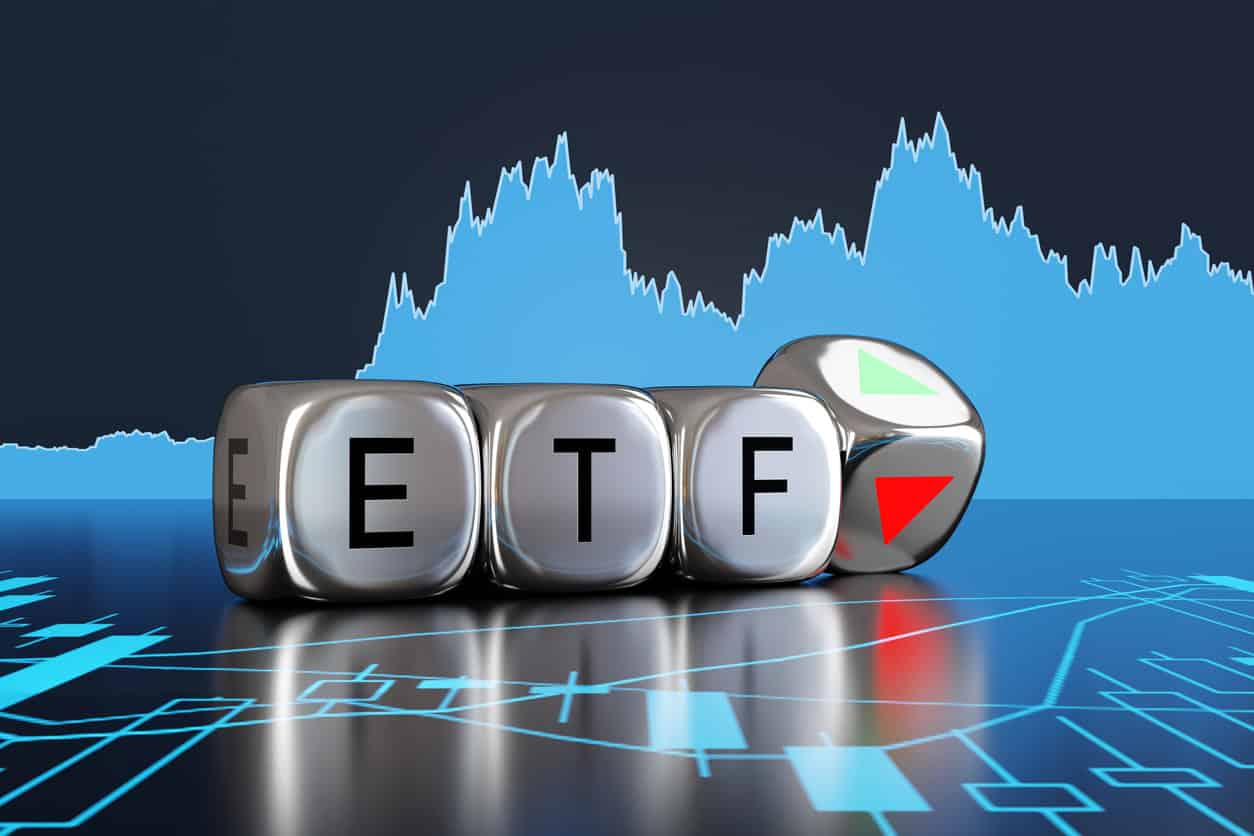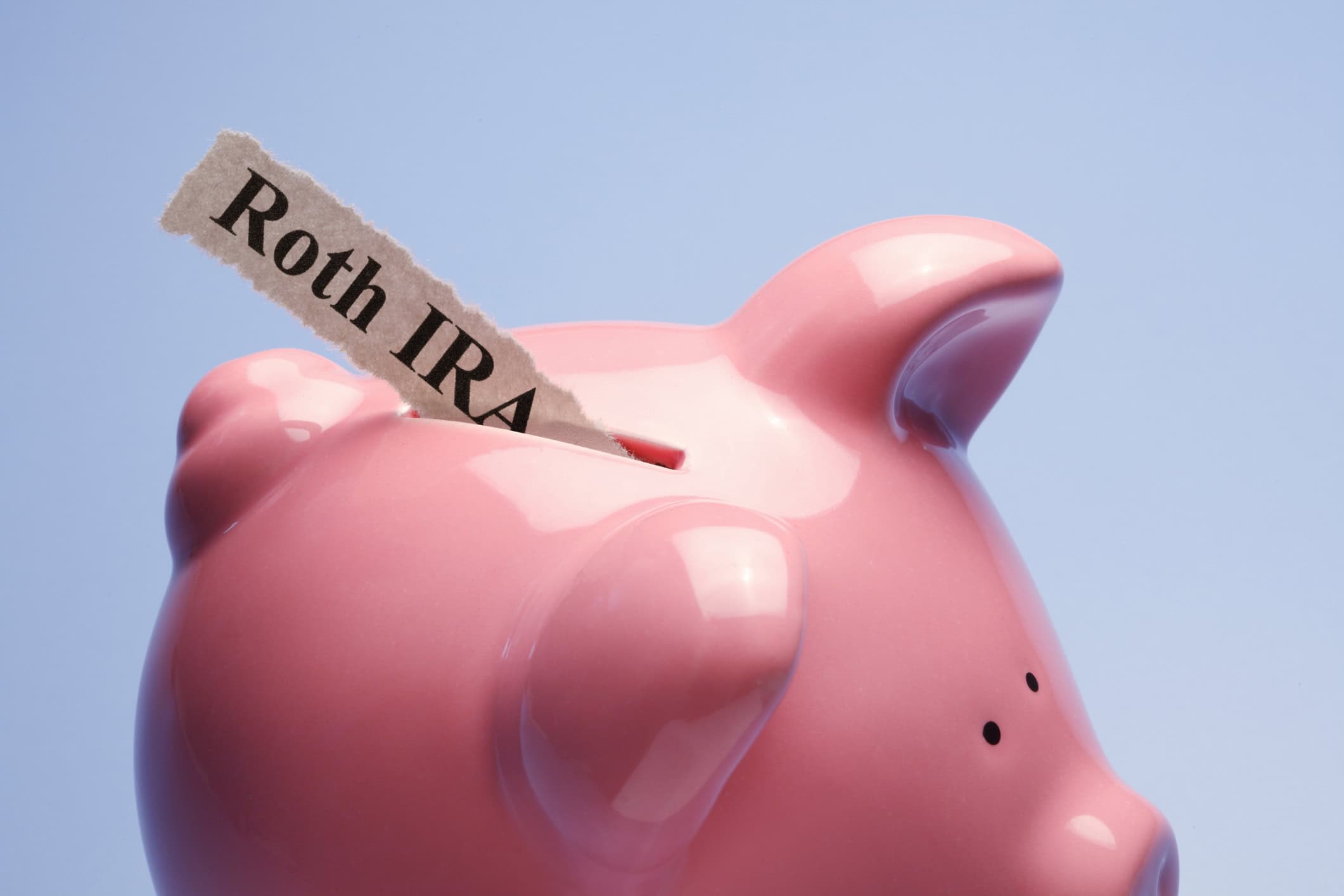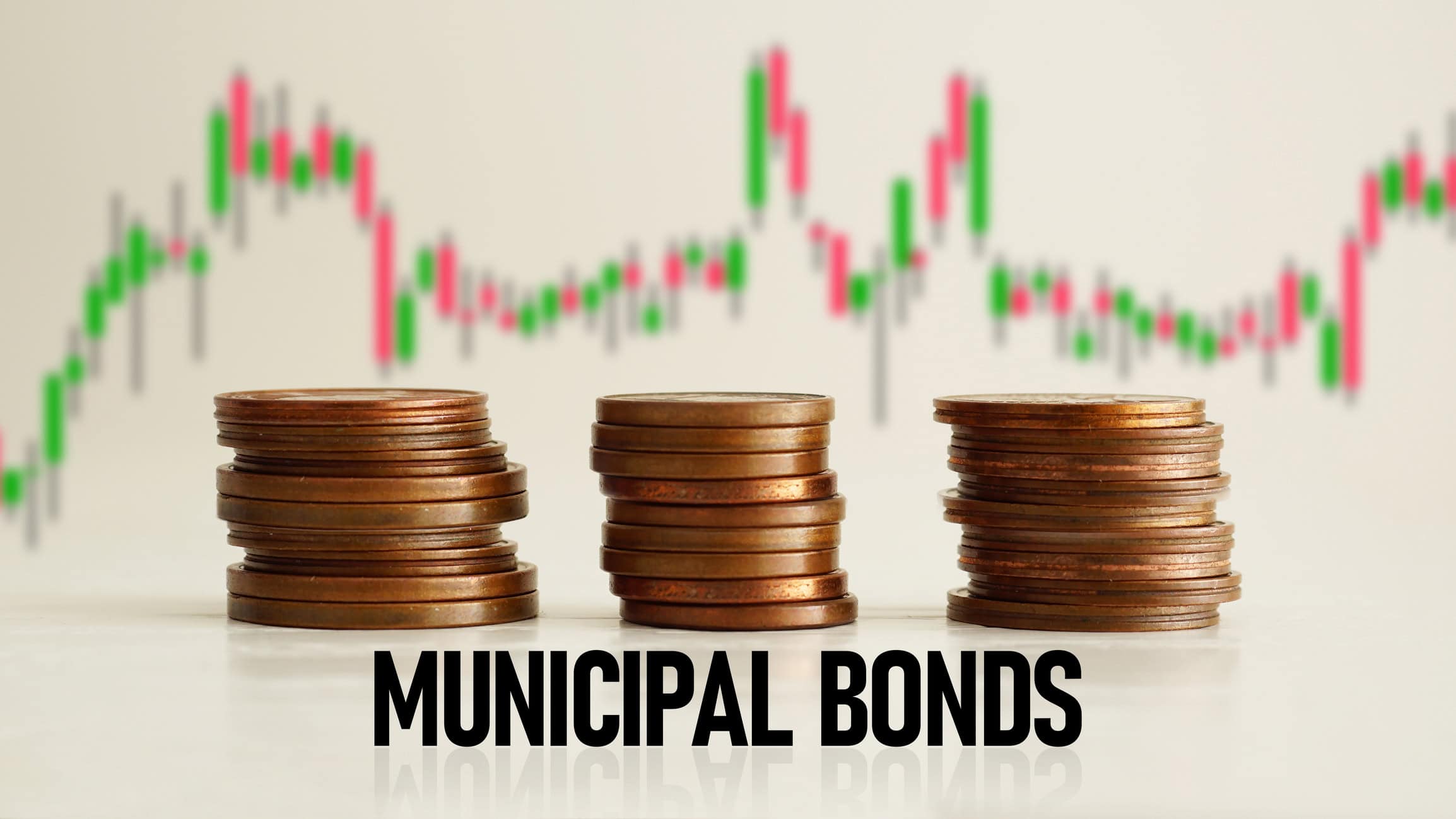
Exchange-Traded Funds (ETFs): A Beginner’s Guide
What exactly is an exchange-traded fund? Put simply, an ETF is an investment fund traded on stock exchanges. They mirror stock market behavior and allow investors to diversify their portfolios. Understanding ETFs is crucial for anyone interested in financial growth and asset management.
What is an ETF?
At its core, an exchange-traded fund (ETF) is a diversified investment vehicle, which provides investors easy access to a wide range of assets through a single purchase.
ETFs can comprise various asset classes such as stocks, bonds, or commodities. These vehicles are traded on stock exchanges, similar to individual company stocks, enabling investor flexibility. By purchasing shares of an ETF, investors gain exposure to the performance of the underlying assets.
Exchange-traded funds typically follow specific indices, which include the S&P 500, or sectors such as technology or healthcare. Consequently, they offer a way to achieve diversification and balanced risk, essential for long-term investment success.
How Do ETFs Work?
To understand how ETFs work, it’s essential to grasp the mechanics underpinning these versatile investment tools.
ETFs are designed to track the performance of a specific index, sector, or asset class, creating a diversified portfolio. They achieve this by holding a collection of securities that mirror the components of the tracked index. Once created, ETF shares are listed and traded on stock exchanges, allowing investors to buy and sell them like individual stocks. This provides ample liquidity and flexibility, catering to both long-term investors and short-term traders.
The price of an ETF share fluctuates throughout the trading day based on supply and demand, as well as the value of the underlying assets. This real-time pricing ensures that investors can enter or exit positions at current market values. Overall, exchange-traded funds offer a streamlined and efficient avenue for gaining diversified market exposure with relative ease and minimal cost.
Types of ETFs
Exchange-traded funds are categorized into passive or active asset management strategies. Investors can access diverse market segments. In detail, some prominent ETF categories include stock ETFs, bond ETFs, commodity ETFs, and sector and industry ETFs. Each type is designed to cater to different investment goals, risk tolerances, and time horizons. The terms “passive” and “active” are predominantly used to describe their management styles.
Equity ETFs
Equity ETFs represent collections of stocks, providing broad exposure to the stock market. These funds can track entire indices or specific sectors, catering to diverse investor preferences. They offer the benefits of diversification, risk management, and cost efficiency, making them an essential tool for achieving balanced investment portfolios.
Equity ETFs offer immediate diversification by holding numerous stocks within one fund. These ETFs are particularly appealing to investors who seek to gain exposure to equity markets without the volatility of individual stocks. Their flexibility allows for dynamic investment strategies while maintaining a solid foundation in equities. This adaptability positions Equity exchange-traded funds as a cornerstone in modern portfolio management.
Bond ETFs
Bond exchange-traded funds offer exposure to fixed-income securities. These ETFs invest primarily in bonds, providing investors with a steady income. By purchasing shares in a bond ETF, investors gain access to a diversified collection of bonds, which may include government, corporate, municipal, or international bonds. Consequently, they are an excellent option for those looking to balance their portfolios with a lower-risk profile.
Diversification reduces the individual bond investment risk. Bond ETFs seek to mimic the performance of a particular bond index. As such, they reflect the collective performance of the underlying bonds and offer a predictable income stream generally less volatile than equities.
Adding bond exchange-traded funds to an investment portfolio can enhance risk management by providing stability during market fluctuations. They offer investors a hassle-free method to diversify their income sources, ensuring a balanced approach to building long-term wealth.
Commodity ETFs
Commodity ETFs encompass physical assets. These exchange-traded funds give investors direct exposure to commodities such as gold, oil, or agricultural products. By holding a portfolio of futures contracts or commodity-specific equities, they offer a diversified route to invest in physical assets without the need for direct ownership. Consequently, investors can hedge inflation or gain from price movements in these essential goods.
A variety of commodities can be included. Commodity ETFs can also specialize in a single type – such as gold exchange-traded funds which track the value of the precious metal – or they can offer diversified holdings across multiple commodities.
They can complement traditional investments. By including commodity exchange-traded funds in their portfolios, investors diversify across asset classes, minimizing risk from concentrated positions. This diversification not only enhances the portfolio’s resilience but also taps into the potential appreciation of resources, ensuring a robust investment strategy.
Sector and Industry ETFs
Sector and industry ETFs allow investors to focus their investments within specific sectors of the economy.
- Healthcare ETFs invest in companies within the healthcare industry, including pharmaceuticals, biotechnology, and medical devices.
- Technology ETFs target firms in the technology sector, such as software development, hardware manufacturing, and IT services.
- Financial ETFs encompass banks, insurance companies, asset managers, and other financial service providers.
- Consumer Discretionary ETFs cover companies producing goods and services considered non-essential, like luxury goods and entertainment.
- Utilities ETFs invest in utility providers, including electric, water, and natural gas companies.
These ETFs offer investors the opportunity to capitalize on specific economic trends or cycles. By focusing on industries, they can tailor their portfolios to align with their investment goals.
International ETFs
International ETFs provide exposure to markets outside an investor’s home country, enabling diversification and growth opportunities.
- Global ETFs: Include stocks from all around the world, including developed and emerging markets.
- Regional ETFs: Focus on specific regions, such as Europe, Asia, or Latin America.
- Single-Country ETFs: Invest in companies from one specific country, like Japan or Brazil.
- Emerging Market ETFs: Target economies in transition from developing to developed status.
- Frontier Market ETFs: Invest in countries with relatively lower market capitalization and liquidity.
These ETFs offer a gateway to tap into growing economies and industries worldwide. By incorporating international exchange-traded funds, investors can mitigate country-specific risks and leverage global economic growth.
Why Invest in ETFs?
Exchange-traded funds offer unique benefits for both novice and seasoned investors, providing convenient access to diversified asset classes. In essence, ETFs combine the diversification of mutual funds with the flexibility and liquidity of individual stocks, enabling investors to respond to market changes swiftly and strategically. ETFs are “cost-efficient” and “tax-efficient,” making them an advantageous addition to any investor’s portfolio.
Diversification Benefits
One of the most compelling reasons to invest in exchange-traded funds is the diversification they offer. In a single transaction, investors gain exposure to a broad array of assets, reducing the impact of volatility from any individual security. This diversification minimizes risk by spreading investments across various sectors, industries, or even countries, ensuring a more stable portfolio.
Exchange-traded funds are designed to emulate the performance of a market index, thereby allowing investors to participate in the overall market trend with less susceptibility to specific stock failures. Overall, ETFs enable investors to build a well-rounded, resilient portfolio that can better withstand market fluctuations.
Cost Efficiency
ETFs are celebrated for their remarkable cost efficiency, presenting investors with a prudent way to manage their finances.
In 2016, Morningstar, a renowned research firm specializing in investments, reported that the average expense ratio for exchange-traded funds is significantly lower than that of mutual funds, enhancing the attractiveness of ETFs. Indeed, it’s not just about lower fees. Investors benefit from the “passive” management style of exchange-traded funds that generally track market indices, which typically incur fewer costs compared to active management strategies.
Moreover, the transparency of ETFs allows investors to know exactly what they are purchasing, eliminating hidden fees that often plague other investment vehicles, and thereby fostering greater trust and confidence. In conclusion, ETFs empower investors with cost-effective options, allowing them to maximize their returns while keeping their expenses in check.
Liquidity
Liquidity is a crucial feature of exchange-traded funds, offering investors the ability to buy or sell shares quickly and efficiently.
- Real-time trading: Shares can be traded throughout the market day.
- Market demand: High demand generally ensures that investors can easily find a buyer or seller.
- Price transparency: Investors know the current market value of their assets at all times.
- Flexibility: Provides investors with the option to react swiftly to market movements.
This ensures that investors can manage their portfolios with agility and precision. It enables them to make informed decisions based on real-time market conditions. This aspect of exchange-traded funds contributes significantly to their popularity and utility in diverse investment strategies.
Transparency
Transparency is one of the hallmark features of exchange-traded funds (ETFs). It ensures that investors have clear visibility into the holdings of the ETF. This is typically updated on a daily basis. Daily disclosures provide investors with an accurate picture of what they own, fostering greater confidence and trust. This level of transparency is unparalleled in other investment vehicles.
Moreover, transparency in exchange-traded funds allows investors to make informed decisions and adjust their strategies promptly. An accurate reflection of assets streamlines alignment with personal financial goals. Transparency plays a critical role, offering a clear window into investment choices, and thus reinforcing trust.



